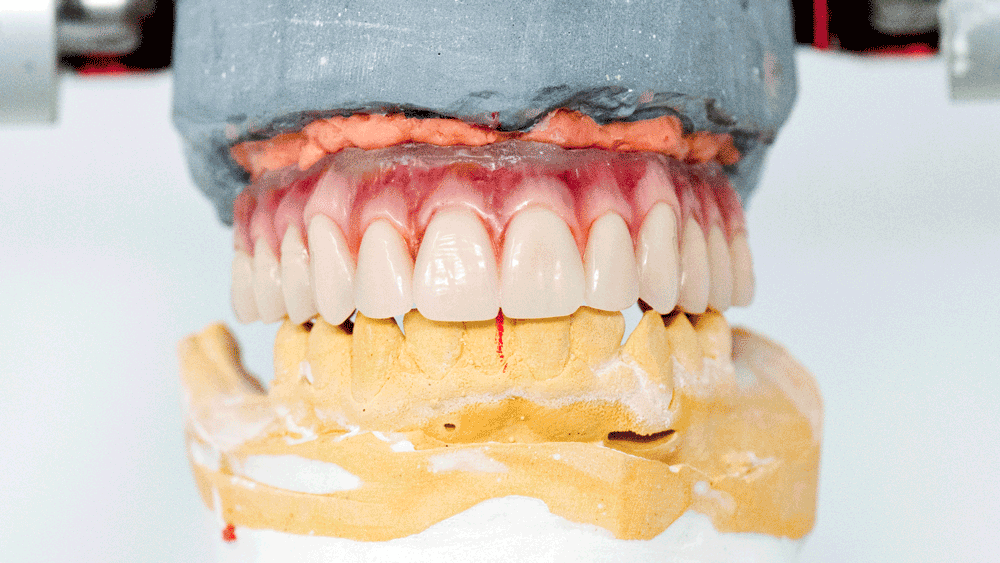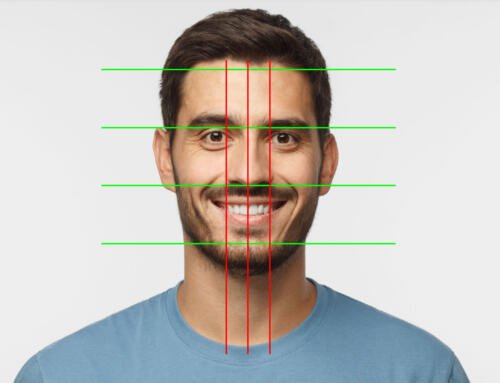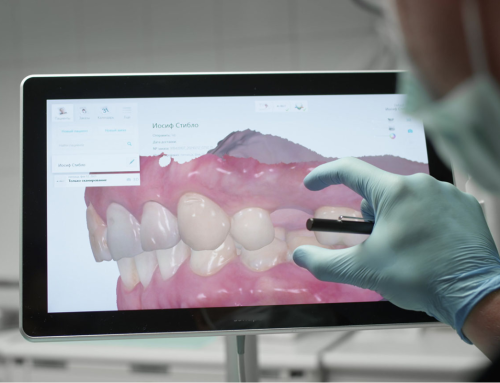Introduction:
Preparing to restore an All-On-4 dental implant surgery is crucial for ensuring the best esthetic and functional outcomes. This type of procedure, which involves placing a full arch of prosthetic teeth on just four implants, requires meticulous preplanning. The following checklist is designed to guide dental professionals through the critical factors that need to be evaluated on the first day of the final restorative to achieve optimal results.
Assessing the Horizontal Plane:
- Level with Lips: Ensure that the prosthetic’s horizontal plane is perfectly aligned with the lips for a natural appearance. Take non-retracted photos of the patient smiling and at rest to assist in this evaluation.
- Relationship to Lower Lip: Check if the setup is canted in relation to the lower lip and decide whether to keep the plane unchanged or make necessary adjustments.
Anterior Tooth Display:
- Upper and Lower Teeth Visibility: Evaluate how much of the upper and lower teeth are visible when the patient smiles. If too much of the prosthetic teeth are showing, they may need to be shortened; if not enough, consider lengthening them to enhance aesthetics.
Midline Considerations:
- Incisal Edge Positioning: Confirm that the midline is correctly positioned at the incisal edge and determine if any shifts are needed (left or right).
- Vertical Angle Adjustment: Adjust the vertical angle of the midline if necessary, either to the left or right, to better align with the facial symmetry.
Incisal Edge Location:
- Anterior/Posterior Position: Decide whether the incisal edge should remain in its current position or be moved either lingually or labially to improve the phonetic outcomes and overall appearance.
Tooth Size and Shape:
- Match or Modify: Determine whether to match the existing teeth or the study model, or to change the mold of the teeth to be smaller, larger, wider, or narrower based on what would provide the most natural and aesthetically pleasing appearance.
Selecting the Tooth Shade:
- Shade Matching: Choose a shade that closely matches the patient’s natural teeth to ensure the prosthetics do not stand out unnaturally.
Vertical Dimension:
- Adjustments: Decide whether to keep the vertical dimension unchanged or to open/close it, which can significantly impact the patient’s comfort and the functional compatibility of the jaw.
Diastema Adjustments:
- Presence of Gaps: Identify whether any diastemas (gaps between teeth) are present and decide on their appropriateness. Specify the size of the gaps if they are to be maintained or adjusted.
Plane of Occlusion:
- Alignment with Bite Rim: Confirm that the plane of occlusion follows the bite rim, or maintain/change the existing plane as required to suit the bite dynamics and esthetic requirements.
Opposing Arch:
- Restoration Requirements: Determine if the opposing arch needs restoration. Set teeth according to the existing or an idealized plane of occlusion in preparation for new restorations.
Basic Face Form:
- Shape Selection: Choose a face form (square, square tapered, tapering, ovoid) that complements the patient’s natural jaw and face shape to enhance the overall visual harmony.
Conclusion:
The All-On-4 surgery isn’t just about placing implants and affixing new teeth; it’s about recreating a smile that fits perfectly with the patient’s facial features and functional needs. This checklist is an invaluable tool for dental professionals to ensure nothing is overlooked in the preparation stage, which is pivotal to the success of the procedure and the satisfaction of the patient. Always take the time to thoroughly evaluate each of these aspects before proceeding with the surgery to guarantee the best outcomes for your patients.
If you’re like most practices, you got a new IOS Scanner like Trios or PrimeScan and you haven’t been shown much more than just crown impressions and maybe ortho.
There’s more. Tons more. We want to help.







